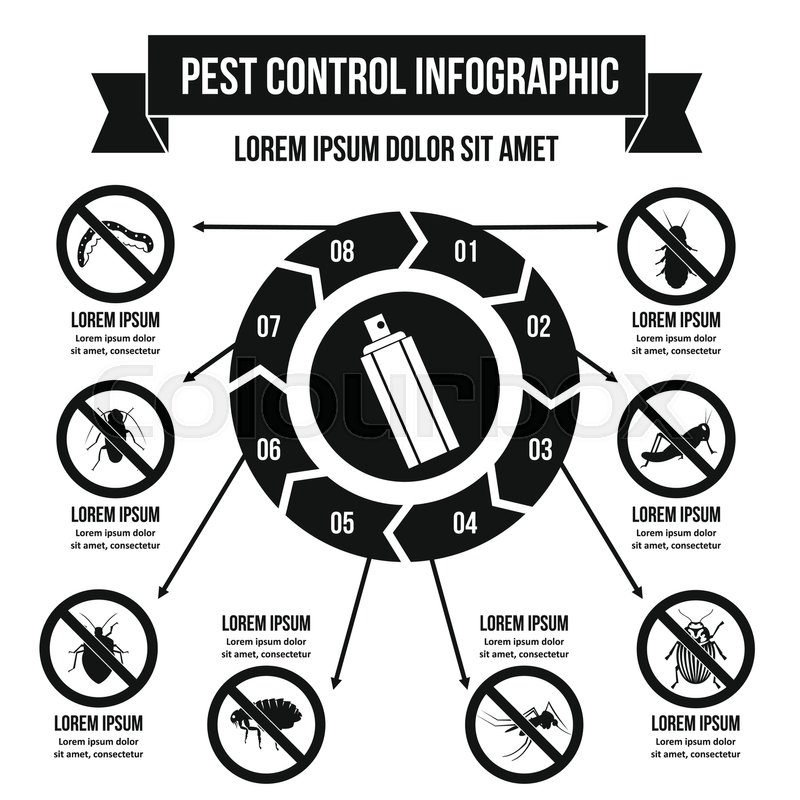Recognizing The Actions Of Common Rodents For Reliable Rodent Control
Recognizing The Actions Of Common Rodents For Reliable Rodent Control
Blog Article
Uploaded By-David Alston
When it pertains to rodent control, recognizing typical rodent habits is essential to efficiently handling infestations. Did you recognize that rats have some interesting nesting practices that might shock you? By discovering their complex habits, you can gain important understandings into exactly how to deal with rodent issues in a much more strategic and efficient fashion. So, allow's decipher the secrets behind these animals' actions and learn how to outsmart them in your rodent control initiatives.
Rodent Nesting Habits
When observing rodents in their natural environment, you'll observe that they actively choose materials to construct their nests. Rats, such as computer mice and rats, are clever creatures that make use of a selection of products like branches, leaves, paper, and material to build their homes. They're thorough in their nest-building procedure, typically lining their nests with softer products like fur or plumes to develop a cozy environment.
Rats like to develop their nests in hidden and safe and secure places to secure themselves and their young from predators. Typical nesting spots include wall cavities, attics, cellars, and even within insulation materials. By building their nests in these remote areas, rats can safely elevate their offspring away from possible risks.
It is necessary to comprehend the nesting routines of rats when carrying out control procedures. By disrupting https://www.businesswire.com/news/home/20230130005046/en/Thompson-Street-Capital-Partners-Portfolio-Company-PestCo-Holdings-Acquires-the-Assets-of-Romney-Pest-Control-and-Phenom-Pest-Protection or removing materials, you can inhibit rats from establishing a visibility in your house or building. Appropriate cleanliness and sealing off access factors are additionally important action in preventing rodent infestations.
Rat Feeding Patterns
After observing rodents' nesting practices, it ends up being evident that their feeding patterns play a critical role in their every day lives and behaviors. Rats, including computer mice and rats, are opportunistic feeders, indicating they'll consume whatever food resource is conveniently available. They're mainly nighttime animals, preferring to forage for food during the cover of evening to stay clear of predators.
Rodents have a diverse diet regimen, varying from grains, seeds, fruits, and vegetables to pests, nuts, and also little pets. This versatility in their food selections allows them to grow in various environments, consisting of city locations where human food resources are abundant.
Their feeding patterns aren't just driven by cravings but also by the requirement to stockpile food for times of shortage. This behavior is particularly visible in preparation for cold weather or when nesting. Rodents are understood to hoard food in their nests or burrows, making sure a constant food supply. Understanding their feeding patterns is crucial in executing reliable rodent control steps to disrupt their food resources and protect against invasions.
Rodent Motion and Traveling
Rodents navigate their environments with dexterity and stealth, using their eager senses to relocate swiftly with their atmospheres. These animals are proficient mountain climbers, able to range wall surfaces and upright surfaces easily. They can likewise press via remarkably tiny openings, making it important to seal any kind of possible entrance points in your home.
When it pertains to traveling, rodents often tend to adhere to familiar courses, producing routes along wall surfaces or skirting the sides of spaces. They're creatures of habit, frequently sticking to these established courses as they forage for food or explore their surroundings.
Rodents are understood for their nighttime behaviors, so you may hear them hurrying around at night as they search for food and water. Their movements fast and unpredictable, allowing them to dart in and out of sight in the blink of an eye.
Comprehending just how rodents relocate and take a trip can assist you identify possible infestation locations in your home and take proactive actions to prevent these pests from obtaining a foothold.
Conclusion
As you work to control rodents in your house, remember that understanding their habits is crucial. By recognizing their nesting behaviors, feeding patterns, and movement, you can efficiently avoid invasions.
Together, by taking positive procedures to remove food resources and seal off access factors, you can interrupt their familiar courses and force them to look for new areas, inevitably lowering the probability of rodent visibility in your living spaces.
